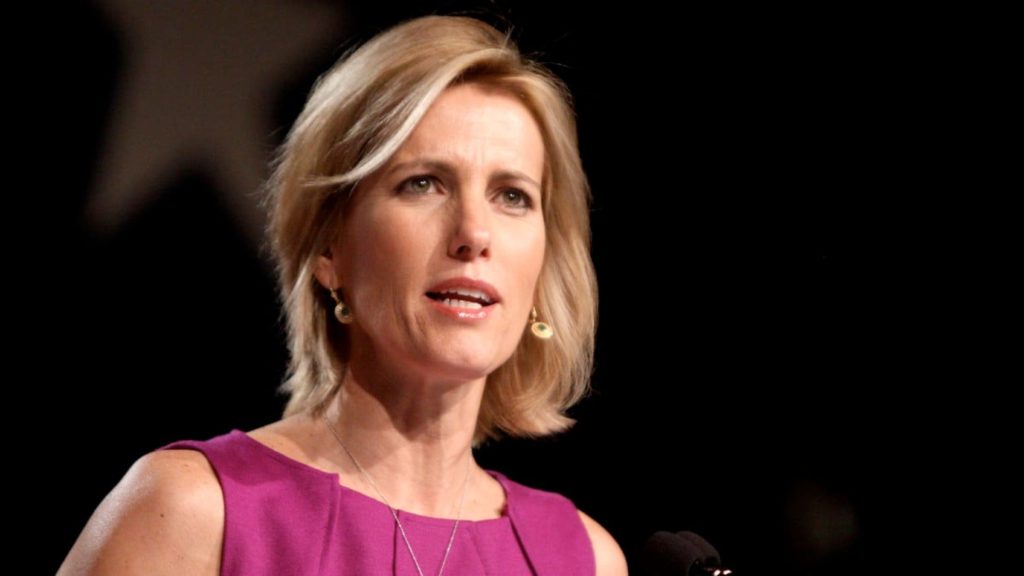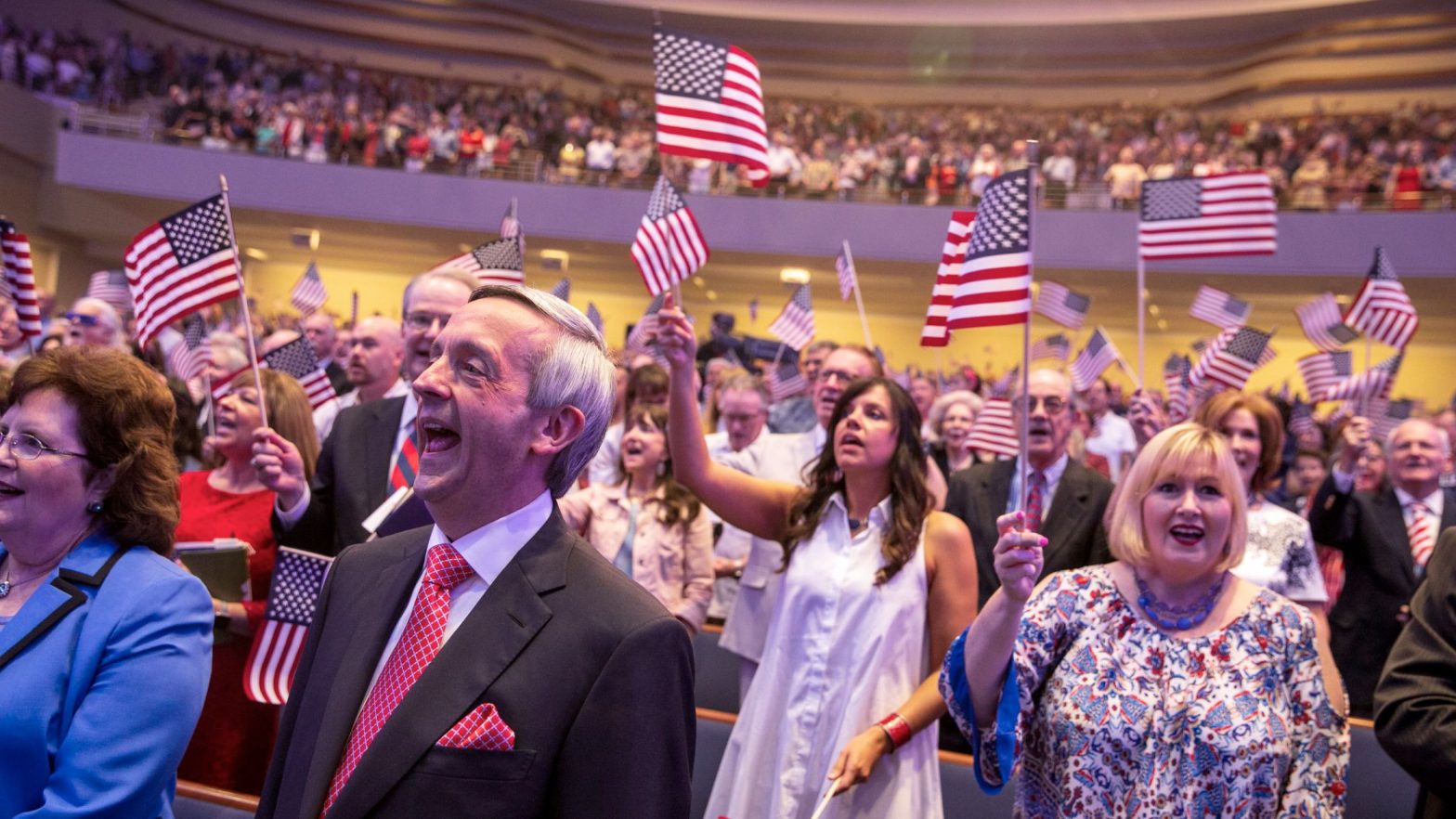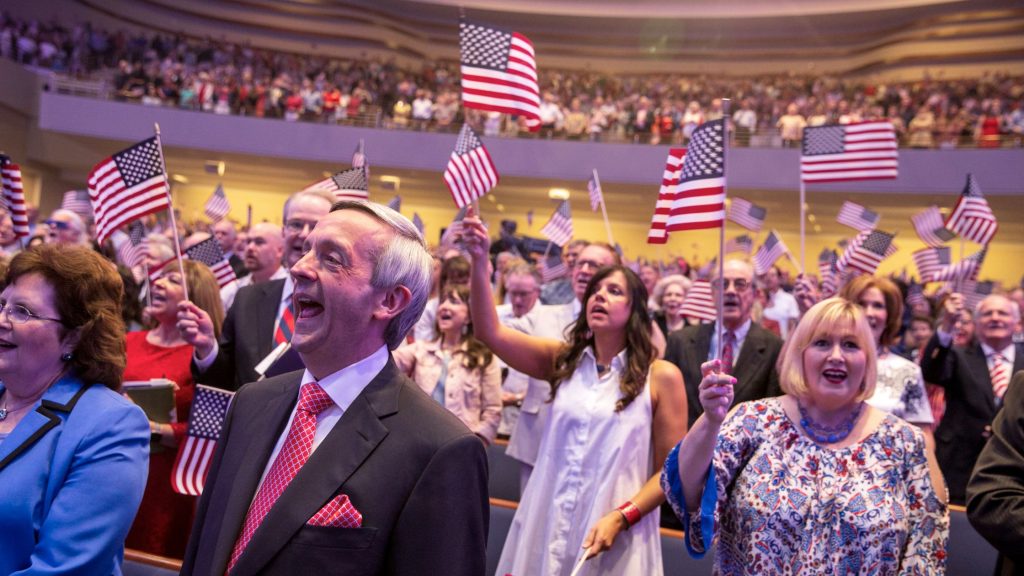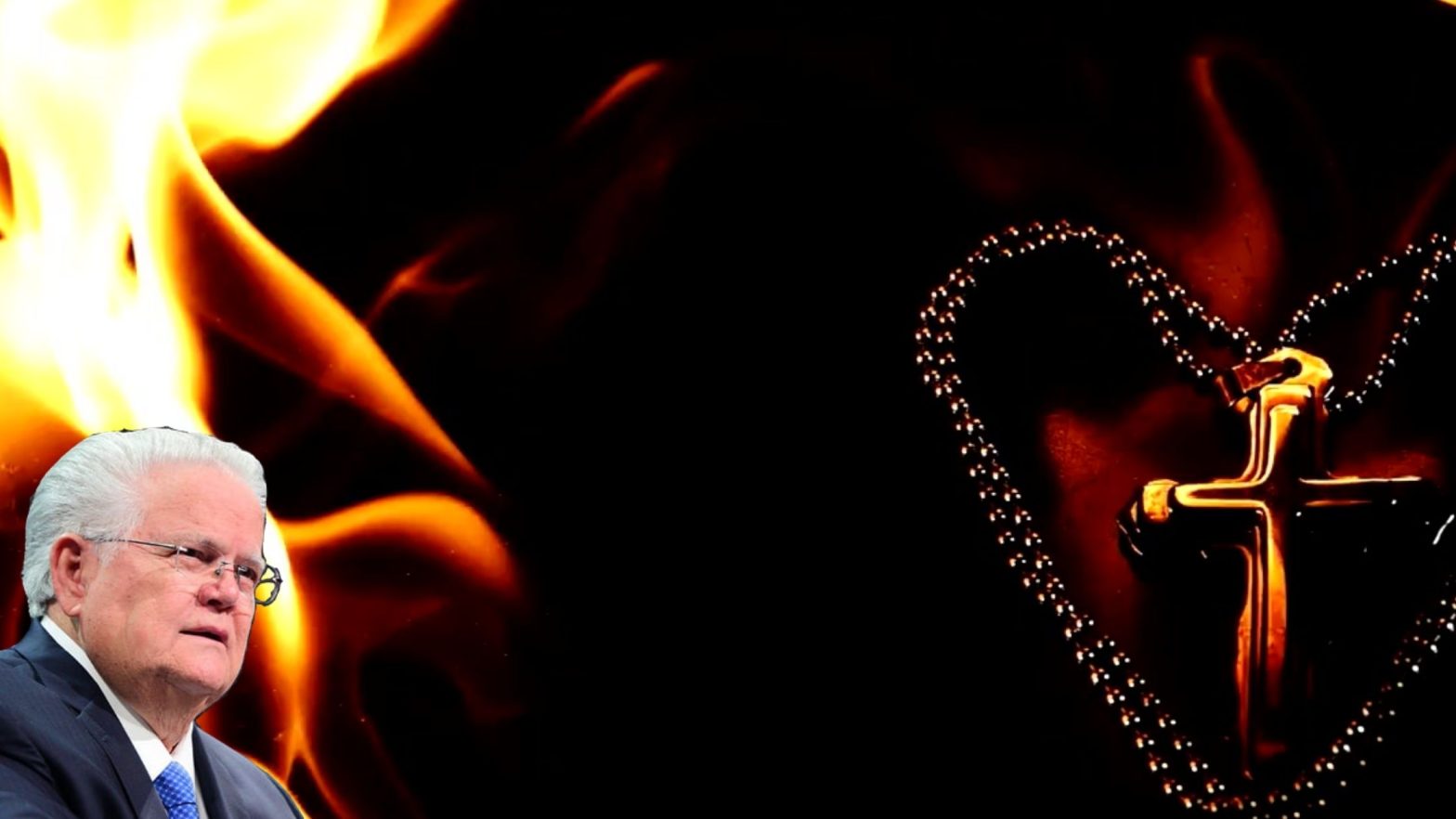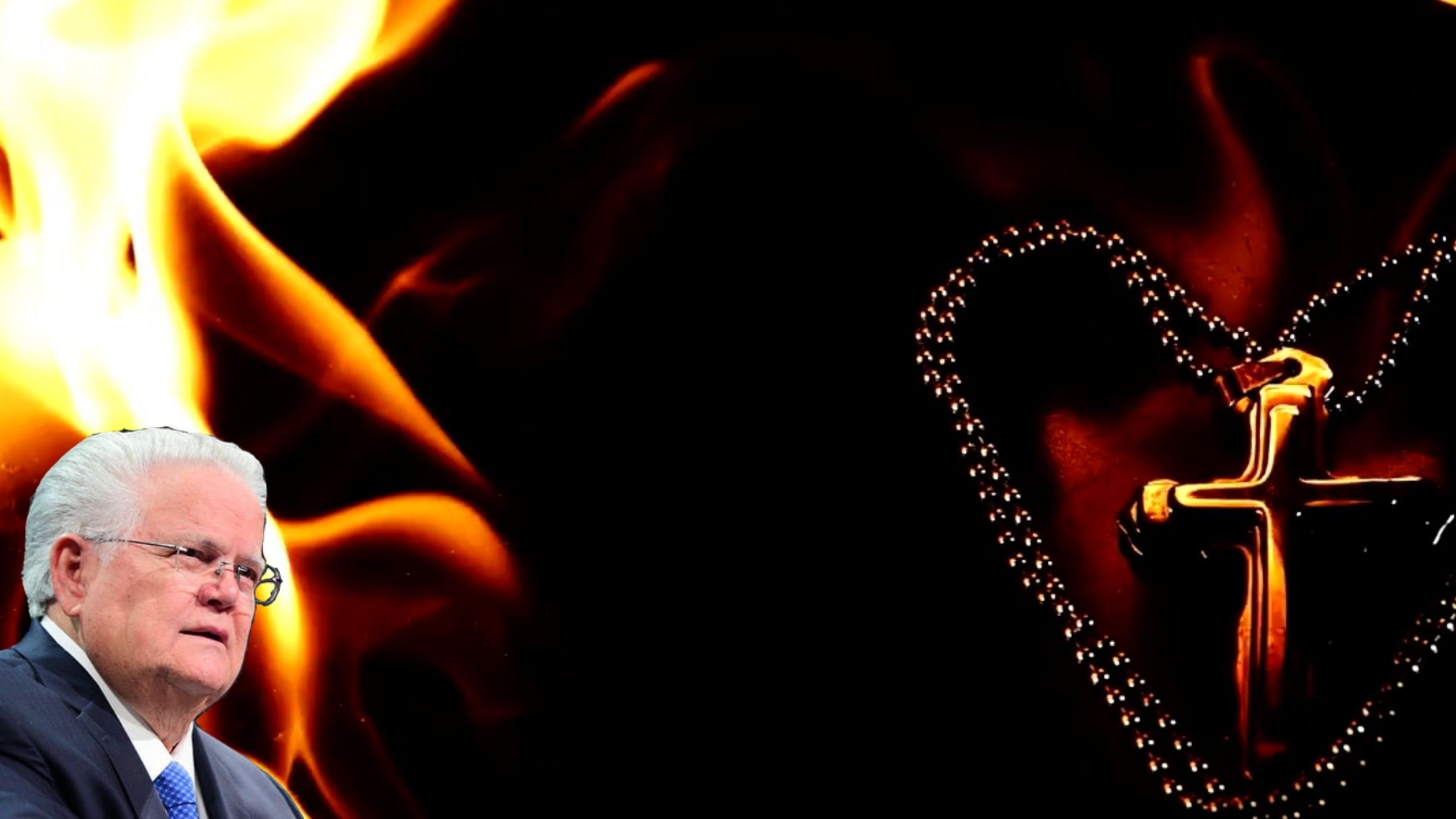
The Lasting Influence of the John Birch Society on Right-Wing Politics
The John Birch Society, founded in 1958, was an ultra-right wing organization known for its zealous anti-communist views and promotion of fringe conspiracy theories. While the group’s membership eventually declined, its paranoid rhetoric presaged the rise of new right-wing media and politics. The Birch Society normalized extremist language and claims that later became commonplace. This article will provide an overview of the group’s controversial history and explore its lasting influence on modern conservative media and ideology.
The John Birch Society’s Beginnings and Beliefs
Businessman Robert Welch established The John Birch Society (JBS) in 1958 and named it after a missionary he falsely believed was killed by Chinese communists. It presented itself as defending Christian and constitutional values from infiltration by communists, globalists and other imagined enemies.
Members of the JBS saw communist subversion everywhere in society, believing communist agents had infiltrated the US government at every level, as well as churches, schools, the media and more. They considered even moderate policies like welfare or civil rights initiatives as openings for communism.
The Birch Society’s theory was that a shadowy cabal of leftist elites, including American politicians, was secretly scheming to impose collectivist one-world government on the US, eliminating national sovereignty. Only drastic opposition to government could stop this imagined globalist conspiracy.
The JBS opposed most federal programs and regulations as furthering globalist plans. They pushed extreme “states’ rights” views, supporting segregation and opposing the civil rights movement as communist influenced. The group became known for displaying billboards calling to impeach Chief Justice Earl Warren for Brown v. Board of Education.
At its peak in 1964, the Birch Society claimed around 100,000 members. However, its extremist theories even offended many staunch conservatives. William F. Buckley Jr. condemned the group for harming the right’s credibility. Mainstream Republicans marginalized the JBS over the next few decades.
The Birch Society Spreads Conspiracy Theories
In the 1960s, the John Birch Society was one of the earliest and most vocal spreaders of conspiracy theories, especially relating to communist infiltration of America. These fringe theories presaged themes that still echo today.
One of the JBS’ most persistent conspiracy beliefs was that fluoridated water was a communist mind-control plot. Despite no evidence, they claimed it was an intentional scheme to brainwash Americans through the water supply.
The JBS was also central to originating a conspiracy theory that became prevalent on the far-right – the idea of a “New World Order.” This baseless view claimed a global cabal of elites was secretly planning to impose authoritarian world government and abolish American sovereignty.
Related to this was the JBS’ obsession with the Council on Foreign Relations and the United Nations. Despite little real power, these groups were portrayed as shadowy entities almost single-handedly engineering America’s destruction through treachery. This fed directly into modern conspiracies like QAnon alleging a “deep state.”
Perhaps most lastingly, the JBS promoted the conspiracy that Dwight Eisenhower was a secret communist agent. Similarly, they theorized that the communists were infiltrating American clergy. These unsupported claims presaged constant right-wing conspiracies about communist subversion at all levels of society and government.
Mainstreaming Extremist Rhetoric
While the John Birch Society’s membership eventually declined, its lasting impact was in introducing extreme rhetoric into mainstream right-wing discourse. Theories once considered too radical entered conservative media and politics.
Talk of communist infiltrators nearly everywhere, traitors in government, evil globalist agendas, and the destruction of Christian America became normalized through the JBS’ constant warnings. Their screeds about existential threats frightened Americans who then welcomed tough responses.
Where the JBS saw every new government program as an assault on freedom that must be virulently opposed, conservatives began adopting similar apocalyptic tones warning of tyranny, portraying moderation as capitulation to enemies both foreign and domestic.
The JBS showed conspiracy theories could effectively mobilize a frightened base. The rising right-wing media copied their model of using fear-based funding appeals. An entire ecosystem peddling constant threat narratives for profit emerged.
While not directly linked, the JBS proved the appeal of an authoritarian outlook blaming traitors and subversives for all problems. Their conspiracies required vigilance against unbelievers and dissenters. Paranoid rhetoric laid the groundwork for today’s partisan tribalism and calls to politically punish opponents.
The John Birch Society’s Modern Influence
By the 1990s, the John Birch Society no longer had the visibility or membership it once possessed. However, its ideology directly fed into and influenced what became the modern radical right.
Talk radio hosts in the ’90s echoed the JBS’ drama-filled warnings about betrayals of American values. Rising conservative media stars like Rush Limbaugh channeled the same urgent conspiratorial tone pioneered by the Birchers.
The JBS belief in widespread communist infiltration reemerged as constant accusations of Democrats being socialist or even communist traitors. Baseless claims of Marxists controlling the US government proliferated in partisan media.
Themes of collectivist threats to US sovereignty – central to JBS’ globalist conspiracy claims – shape much anti-globalist and anti-immigrant sentiment today. Fears of America losing its identity that the Birchers stoked remain prevalent.
The JBS helped engrain the attitude on the right that political opponents are not just wrong, but evil and alien. Compromise became impossible when framed as aiding treasonous communists or soulless globalists set on America’s destruction.
Perhaps most damaging, the JBS proved relentlessly promoting disinformation could eventually drag political discourse into unhinged fantasy detached from reality. While marginal in its day, the parallel universe of myths and fear it created has broken through to a shockingly mainstream audience today.
Conclusion: Lasting Damage from Toxic Rhetoric
The John Birch Society ultimately failed in its grandiose mission to protect America from imagined communist and globalist subversion. As its unhinged theories were debunked over time, the group faded in prominence.
However, the extreme conspiratorial rhetoric the JBS introduced into right-wing discourse could not be put back into the bottle. Its toxic legacy was the erosion of truth, trust and political norms it set in motion by attacking fundamental institutions vital for democracy.
The Birch Society illustrated the appeal of authoritarian leaders inventing existential dangers and traitors to stoke frightened supporters. Their example gave a blueprint for politically weaponizing paranoia that has unfortunately been exercised frequently in the decades since.
While the John Birch Society itself is now mostly defunct, its influence lives on through those carrying forward its tactics of fear-based mobilization, demonizing opponents, and flooding media with increasingly unhinged disinformation. The lasting damage it inflicted was in pioneering a destructive model of rhetoric and conspiracy-peddling that still threatens rational discourse today.


